
|
DIY: Easy Car Maintenance
Having a car makes life easier, from getting to work faster, to doing errands and going for a holiday – cars simply make life better. If you want to make the most out of your car and keep it working better and for longer without paying ridiculous fees in the garage, preform these 7 simple maintenance tasks once in a while and you’re less likely to have car troubles. Now, I’m not a car expert, but these things were so simple to do, I felt like anyone can do them, just make sure that your car has cooled down before you start, and remember to use gloves and eye protection. Before we begin, you’ll need the following: New pair of windshield wipers, ratchet or socket wrench, 12″ socket extension, spark plug socket, oil filter wrench, oil pan, a funnel, corrosion-removal fluid, wire brush, rags, Phillips-head screwdriver, radiator flush solution, coolant, used coolant receptacle, New fuel filter, new fuel line washers, lug wrench, C-clamp, open-end or adjustable wrench & a hammer. |
 |
|
1. A Brand New Air Filter
This should take you about 10 minutes and the cost of a new filter is around $10.
It’s important to replace the air filter every 12 months or 12,000 miles, whichever comes first.
First, find your filter under the hood of your car. It’s in a black rectangular box with metal clips on the side. Check the car manual if you can’t find it when you open up the hood, open up the box and remember how the air filter fits inside it. (Remember which way the filter faces), Remove the old filter and insert the new one, close the metal clips when you’re done.
|
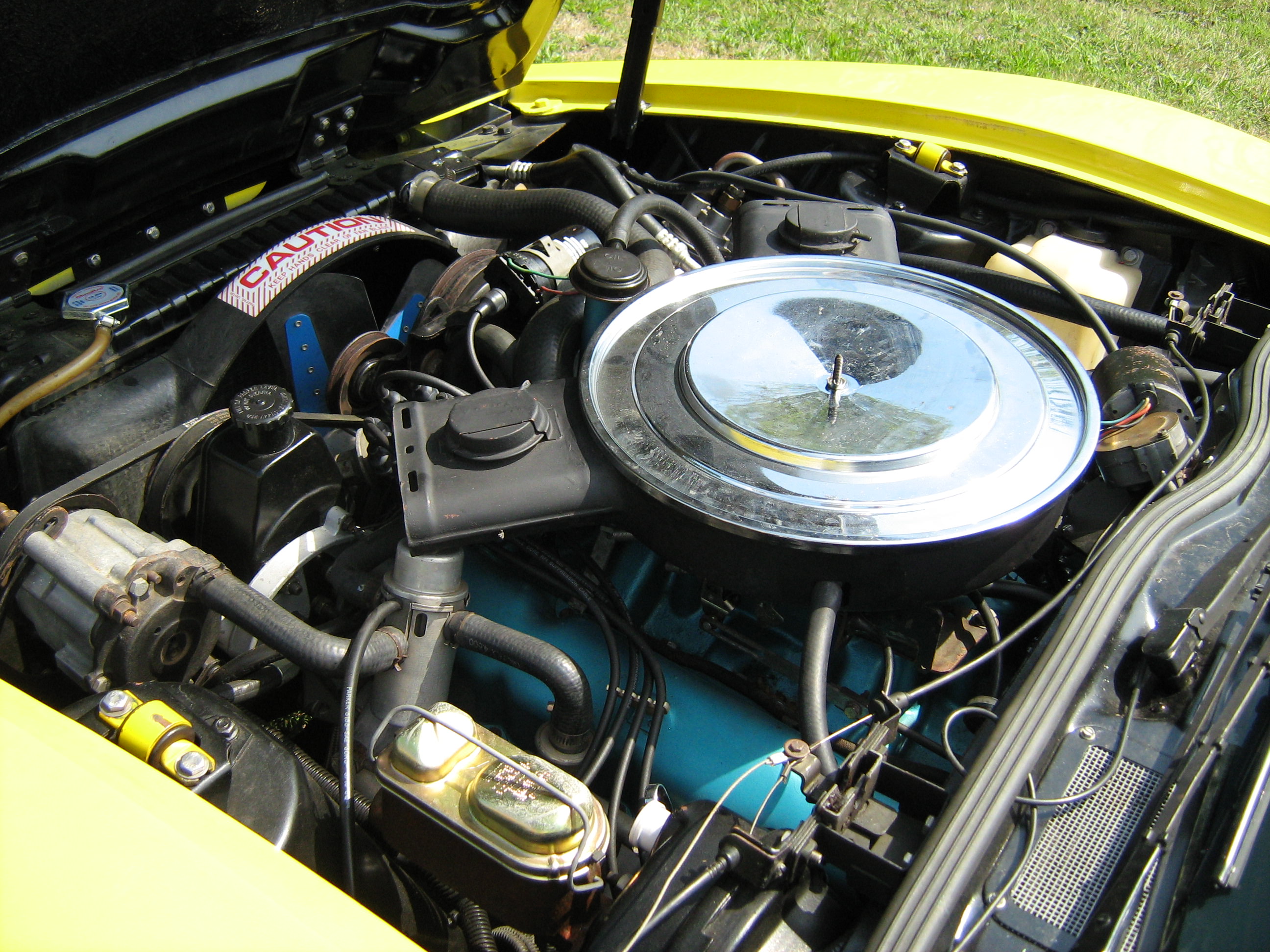 |
|
2. New Windshield Wipers
This is easy, takes about 10 minutes and only costs $10-20 for the new set.
Lift the blades, like when you wash the windshield by hand, remove the old blades. (Note how the old blades connect to the arms - on most models, you’ll see a tab on the underside of the wiper. Push the tab to remove the old blade).
When attaching the new blades, be careful not to bend the wiper arms. Make sure the new wipers are lined up, secure and tight.
|
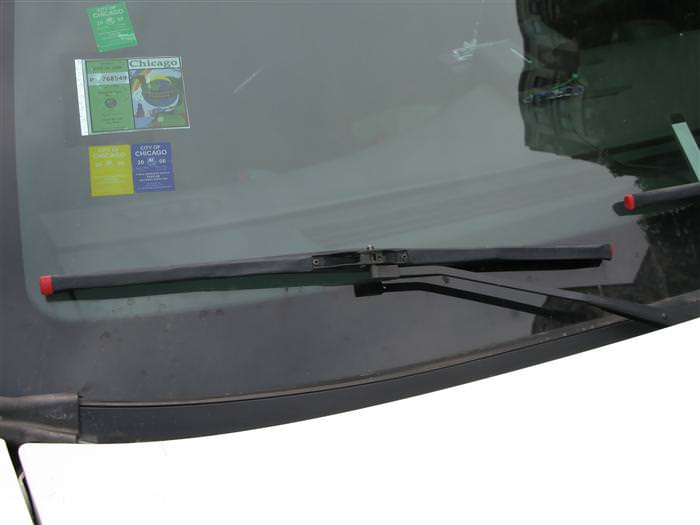 |
|
3. Replacing Spark Plugs
20-30 minutes of work and $15 for the new plugs, worth it!
Spark plugs should be replaced every 30,000 miles (check your manual to see if your car is different). Don’t rush, you need to install the replacements in a specific order.
You can locate your spark plugs easily (they’re attached to thick rubbery wires), Depending on how many cylinders your car has, you’ll find 4/6/8 plugs. Do not remove all the wires, work one by one because they need to stay in order. Use your spark plug socket and extension on your ratchet to remove the plugs, then install a new spark plug, screwing it in by hand at first and then tightening it with a wrench but do not over tighten it. Finally, attach the spark plug wire.
|
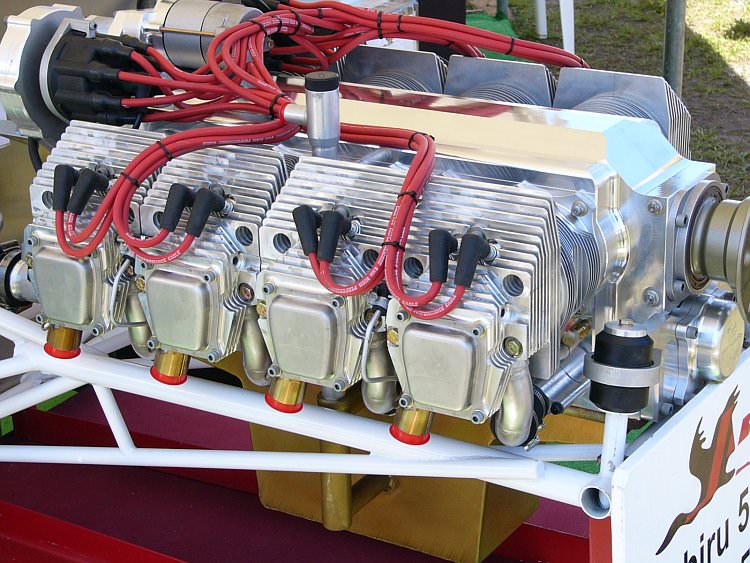 |
|
4. New Oil and Oil Filter
A new filter and new motor oil should set you back about $30-40, and this whole process doesn’t take more than 40 minutes.
Oil should be changed every 3,000 miles. Remember to never change your oil when your engine is hot. You’ll have to jack up your car, so make sure you’re comfortable handling a jack.
Get under the car and find the oil pan, next, unscrew the drain plug and drain the old oil into an oil pan. Once all of the oil is drained, replace the plug. Now go back to your engine and remove the old filter with the oil filter wrench. (The oil filter contains some old oil as well).
Lubricate the rubber gasket on the new oil filter with some new motor oil and proceed to fill the new oil filter about two-thirds of the way with new oil. Screw in the new oil filter, making sure to hand-tighten it only. Fill the engine with new oil, using your funnel and, with a dip-stick, double check the oil level. (Discard the old oil filter and recycle the old oil (most gas stations will take it).
|
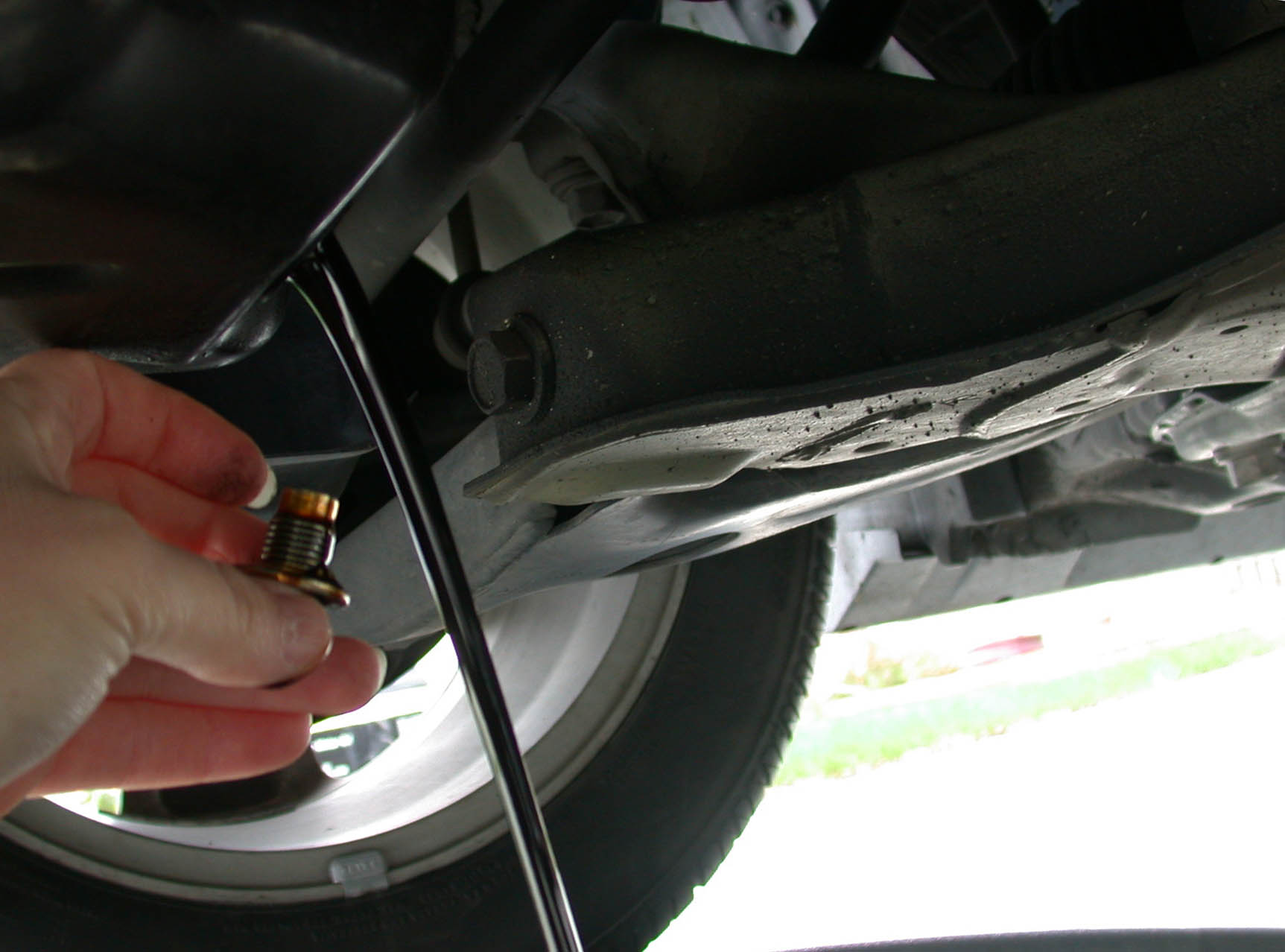 |
|
5. Battery Maintenance
Corrosion-removal liquid costs about $5, and this whole process takes roughly 20 minutes.
First preform a visual check of the battery, if there is no white residue on or around the terminals – you can skip this step.
Remove the battery terminals, make sure to always remove the negative cable first. If they’re stuck, use a flathead screwdriver to pry them loose. Now you’ll need to clean the posts. Generously apply the cleaning fluid to the posts, and brush vigorously with a wire brush. Rinse the cleaning fluid with a little water and dry the posts with a rag, then reconnect the battery terminals.
|
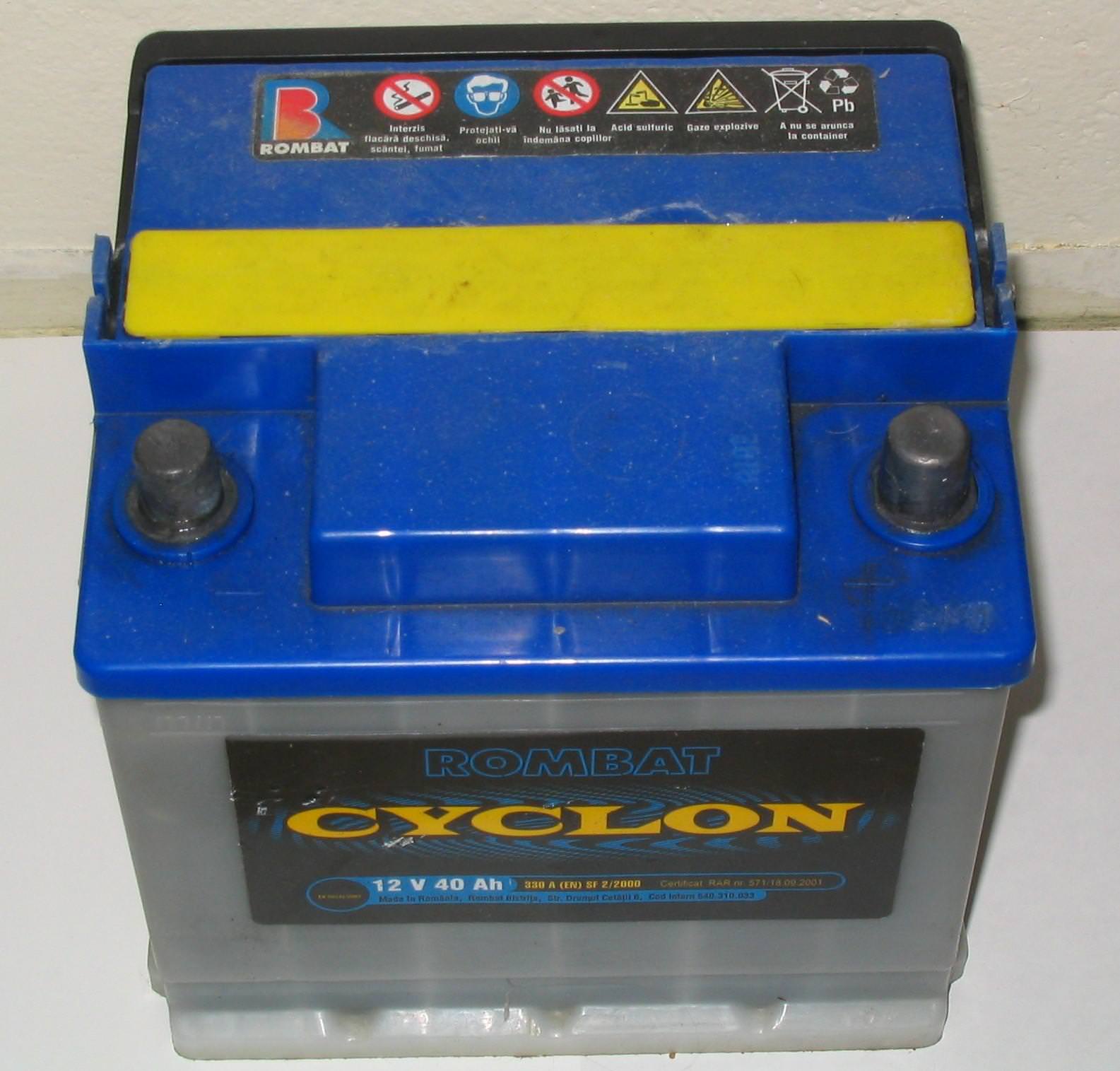 |
|
6. Flushing your Radiator
Next on our list, is a process that takes about 30 minutes and the flushing liquid + the radiator fluid should cost you about $25. (Consult the manual to find out if you need to flush the radiator yearly or every two years.)
Make sure your car is completely cool before you begin!
Check the manual to find where is the radiator’s drain plug. Put the used coolant receptacle in place, unscrew the drain plug, and let the old coolant drain completely into it, replace the drain plug and remove the radiator cap. Use the funnel to add the radiator flush cleaning solution and then fill the rest of the radiator with water, then replace the radiator cap.
Start the car, and let it run until it gets to its normal temperature then turn on the heater to the hottest setting, and let it run for 10 minutes, then turn the car off and wait for the engine to cool completely. Now drain the contents of the radiator and refill the radiator with fresh coolant.
|
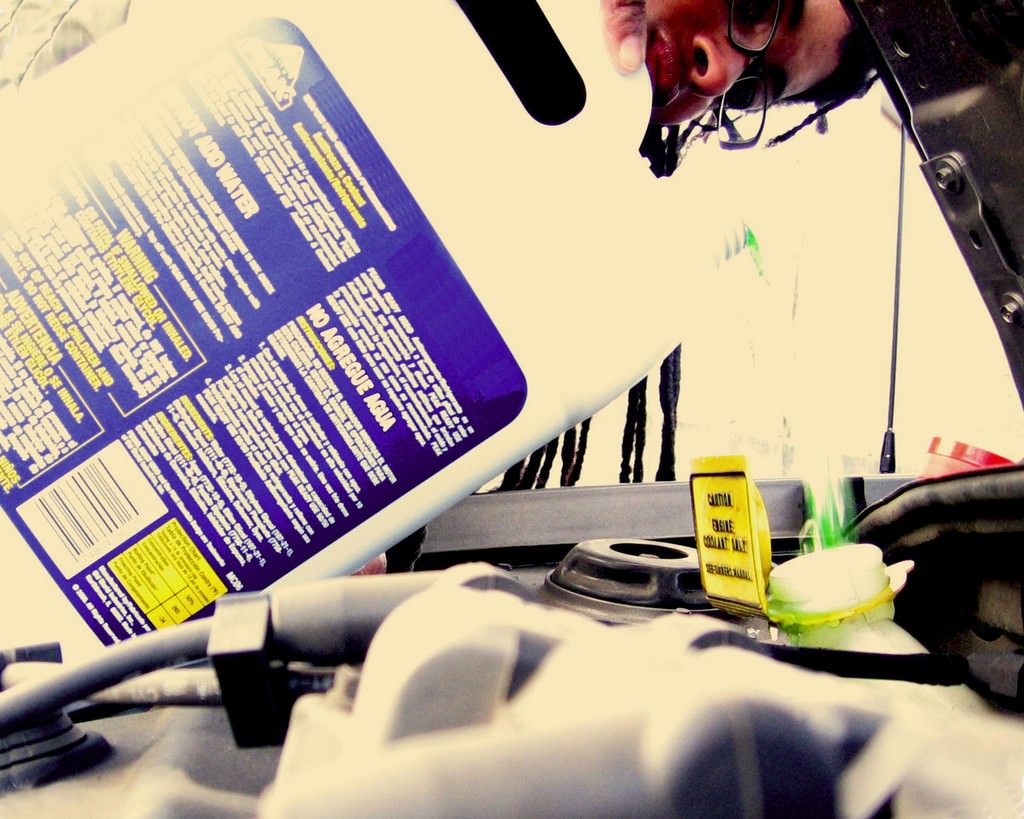 |
|
7. Fuel Filter Replacement The new filter and the line washers should cost you about $20-25 and the whole process takes between 20-35 minutes. Start by relieving fuel system pressure, if you don’t, your car can literally explode! Locate the fuel pump fuse on the fuse box (If you don’t have a fuel pump fuse, find the relay that operates the fuel pump). Start your car, and with the engine running, pull the fuse or relay out and wait for the engine to die (then you’ll know that you pulled the right one). Disconnect the fuel lines from the fuel filter and find two open-end wrenches that are the correct size for your fuel filter fittings (usually you’ll need two different sizes). When the wrenches are in place, put a rag over the fitting to protect yourself should there be any pressure left in the lines. Hold the wrench that fits on the actual filter and turn the other wrench counter-clockwise until that bolt comes out, then slide the fuel line off the bolt and set the bolt aside and repeat the process for the other side of the fuel filter. Remove the old fuel filter (most filters are held in place by a clamp you can release by using a flathead screwdriver) but be careful, the old fuel filter could still have some gas in it! Change the fuel filter washers, which are located on the bolts that connect the fuel lines to the fuel filter and make sure the new ones match up correctly. Install the new fuel filter (same process, but in reverse), then return the fuel pump fuse/relay before you start the car. |
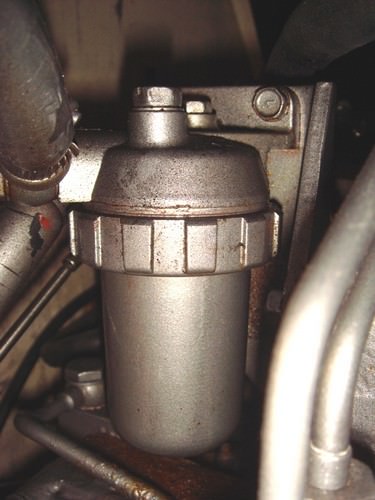 |